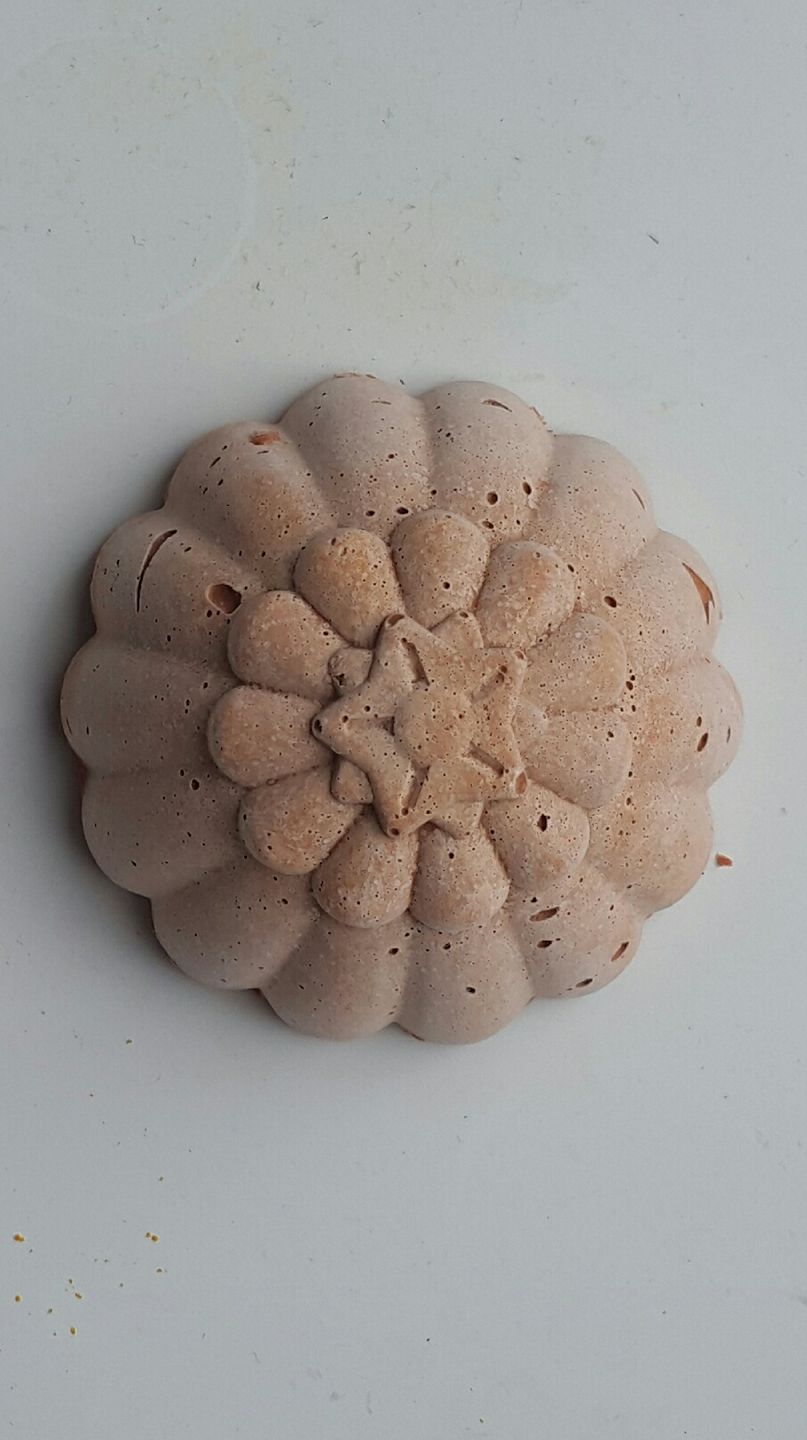
What is a shampoo bar made of ?
There has been a trend of using shampoo bars or also known as solid shampoo over the last couple of years. This shampoo is like a “non-soap” bar shape that makes lovely foam and avoid unnecessary packaging being plastic-free , therefore contributing to the plastic-free revolution desperately in need in our planet.
But what is exactly a shampoo bar ? what is it made of ? is this possible to make it at home?
As far as I know LUSH started this trend few years , the concept and the idea is amazing . They make their shampoo bars with SLS (sodium laureth sulfate) in noodle form , that’s why you see the white bits in the actual bar, lovely press machine they have to make it so nice and compact ( I would love one of those) Apart from SLS – which is anionic surfactant with a powerful detergent function that it is not everyone’s cup of tea as it can be aggressive on your scalp and can dry your hair out significantly- they added colorants and fragrances which is no desired by many people. Some of them also include natural butters and emulsifiers.
Something important to clarify
This shampoo bar technically called syndet bar
(synthetic detergent, yes I said synthetic and don’t panic, not all synthetic ingredients are bad as natural ingredients are not always better for you or the environment)
made of solid surfactants (derived from natural ingredients through synthetic process) in powder or noodles form which is milder to our skin and hair than traditional soap. This shampoo bar is a not a ” cold process soap” bar. Having said this you could use the shampoo bar (syndet) on your body , the same way you can use , generally speaking, a liquid shampoo on your body too.
There is another type of “shampoo bar” that some brands are selling and here is the whole confusion, which is a cold process soap bar, the ancient traditional way of making soaps. I personally wouldn’t use this type of soap on my hair as it is high alkaline which is detrimental for the hair shaft causing serious damage. Apparently some people use this soap bar on their hair and work fine. Not me !! I love cold process soap but not for my hair. If you want to learn more about my shampoo bar and traditional soapmaking classes click here .
The shampoo bar I teach in my workshop is the syndet one , using solid and liquid surfactants. There are few surfactants you can use but some of them are PH high and you need to adjust it to 5.5-6 , not an easy task, believe me I have been there. So the key is using surfactant powders that already has the right PH and combined then with other ingredients to lower the ph to make it suitable to your hair. I have made a number of different formulations on shampoo bar and love them all . I love the fact that is zero packaging-zero waste and it also lasts sooooooo looooooong , you have minimum 50 washes per 100 grm aprox. depending of amount of hair and frequency of use. My last accomplishment was making an anti-dandruff shampoo bar using Bhrami ayurvedic powder well-known for its hair benefits . It turned out brown colour , not very attractive , but you can change it adding natural colorants , or clays or flours if you like.
Hope this post is helpful !
https://www.facebook.com/wapo.ie/videos/244277373111163/
Happy week!
La Mayca x
© 2024 Wapo.ie
4 Responses
Nice Article, Thanks for sharing it.
http://karekraft.in/
Thank you Kare